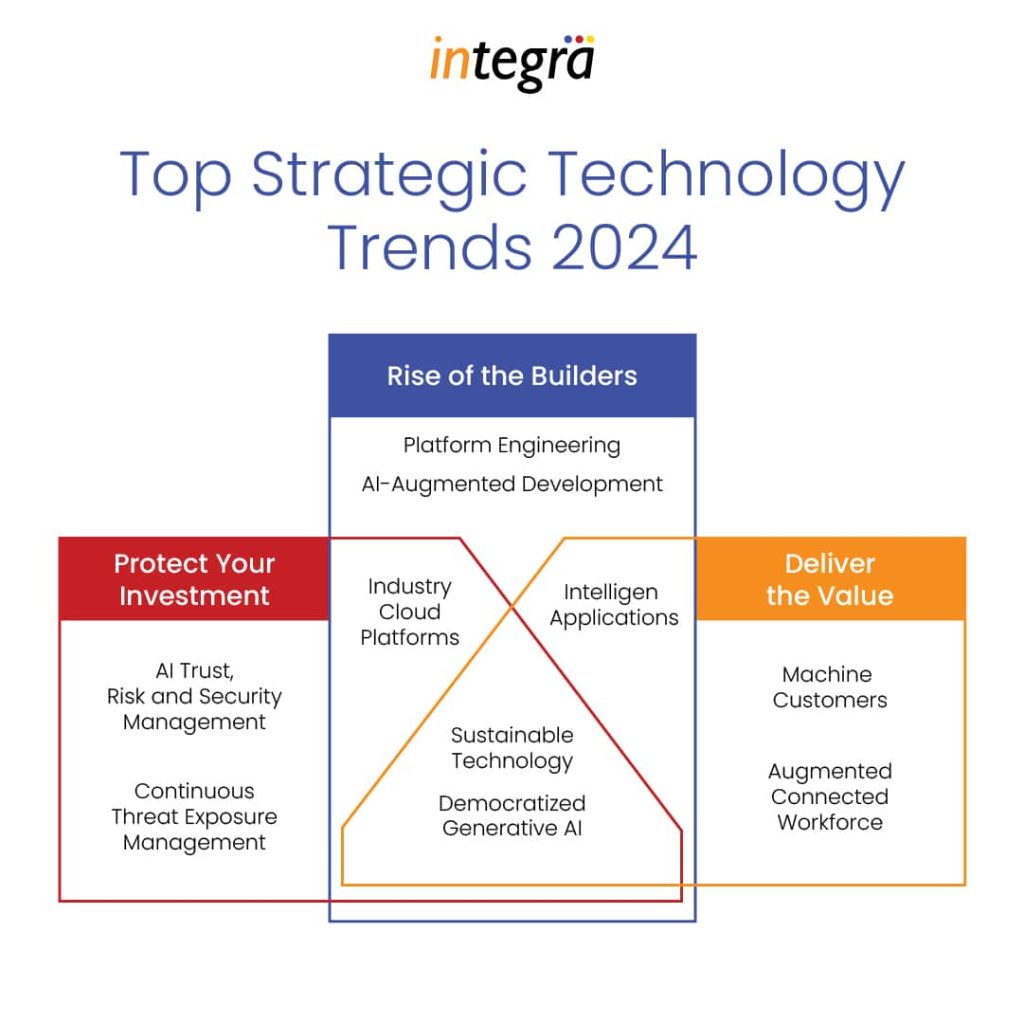Introduction: Understanding AI-Powered Demand Forecasting
In today’s dynamic and interconnected world, supply chains face an unprecedented level of complexity. Consumer expectations for faster delivery times, wider product variety, and lower prices continue to rise. Traditional methods of demand forecasting, often reliant on historical data and human intuition, struggle to keep pace with these evolving trends. This is where AI-powered demand forecasting steps in, offering a revolutionary approach to supply chain planning. This shift is evident in the global supply chain management market, which was valued at USD 23.58 billion in 2023. Projections indicate the market will grow from USD 26.25 billion in 2024 to USD 63.77 billion by 2032, demonstrating a compound annual growth rate (CAGR) of 11.7% during the forecast period .
Leveraging predictive analytics and machine learning, AI-powered demand forecasting offers real-time insights, allowing companies to make proactive decisions based on complex data patterns. But what exactly is AI-powered demand forecasting, and how does it differ from traditional methods? More importantly, what role does it play in optimizing supply chain operations?
The Importance of Accurate Demand Forecasting in Supply Chain Management
Demand planning, the process of predicting future customer demand for products, sits at the heart of effective supply chain management. Accurate forecasts are critical for:
- Inventory Management: Balancing the need to have enough stock to fulfill orders while also minimizing storage costs and the risk of obsolescence.
- Reducing Stockouts: Stockouts not only lead to lost sales but also damage customer satisfaction.
- Improving Customer Satisfaction: Meeting customer needs by having the right products available at the right time.
- Cost Reduction Strategies: Optimizing inventory levels and production planning can significantly reduce costs throughout the supply chain.
How AI is Transforming Traditional Demand Forecasting Methods
Traditional forecasting methods primarily rely on historical sales data and statistical models. While offering a baseline prediction, these methods often fail to account for the dynamic nature of the market. AI, on the other hand, offers a transformative approach:
- Data-driven Decision Making: AI algorithms can analyze vast amounts of data, including internal sales data, external market trends (e.g., social media sentiment, weather patterns), competitor activity, and economic indicators.
- Real-time Analytics: AI can process data in real-time, allowing businesses to adapt their forecasts to sudden changes in demand.
- Automation in Forecasting: AI can automate tedious forecasting tasks, freeing up human resources to focus on strategic planning and analysis.
Key Benefits of Implementing AI-Powered Demand Forecasting Solutions
- Enhanced Accuracy: AI can provide significantly more accurate forecasts than traditional methods, leading to:
- Reduced stockouts and excess inventory.
- Improved customer satisfaction.
- Optimized production planning and resource allocation.
- Agility in Supply Chain Operations: The ability to adapt forecasts to real-time changes allows businesses to react quickly to market fluctuations, promotions, and unexpected events.
- Better Resource Allocation: Accurate forecasts enable businesses to allocate resources (materials, personnel, transportation) more efficiently.
- Risk Mitigation Strategies: AI can identify potential disruptions in the supply chain, allowing businesses to develop proactive risk mitigation strategies.
Challenges and Considerations When Adopting AI for Demand Forecasting
While AI offers tremendous potential, it’s important to consider challenges:
- Data Quality and Integration: AI models rely on high-quality, clean data. Integrating data from various sources can be a complex task.
- Model Selection and Training: Choosing the right AI model and training it effectively requires expertise and resources.
- Explainability and Transparency: Understanding how AI models arrive at their predictions is crucial for building trust.
The Future Trends in AI-Powered Demand Forecasting and Supply Chain Planning
The future of AI-powered demand forecasting is brimming with exciting possibilities:
- Future Technologies in Supply Chain Management: The integration of AI with other emerging technologies like blockchain and the Internet of Things (IoT) will further enhance forecasting accuracy and supply chain visibility.
- Advancements in Machine Learning Algorithms: As machine learning algorithms continue to evolve, demand forecasting models will become even more sophisticated in their ability to handle complex and non-linear relationships between variables.
- The Role of Big Data Analytics: The ever-growing volume of data available will fuel more powerful AI models, leading to even greater predictive capabilities.
AI-powered demand forecasting is not just transforming supply chain planning; it’s becoming a strategic necessity for businesses aiming to stay competitive in a rapidly changing marketplace. As the global supply chain management market is projected to soar to USD 63.77 billion by 2032, companies that embrace AI-driven solutions are well-positioned to optimize their operations, reduce costs, and respond to market demands with greater agility.
At Integra, our AI Automation services are designed to help businesses unlock the full potential of AI in their supply chain processes. Whether it’s improving forecasting accuracy, optimizing resource allocation, or mitigating risks, our intelligent automation solutions can give your business the edge it needs in today’s evolving landscape. Learn more about how our AI-powered services can transform your supply chain at Integra’s AI Automation Services.











